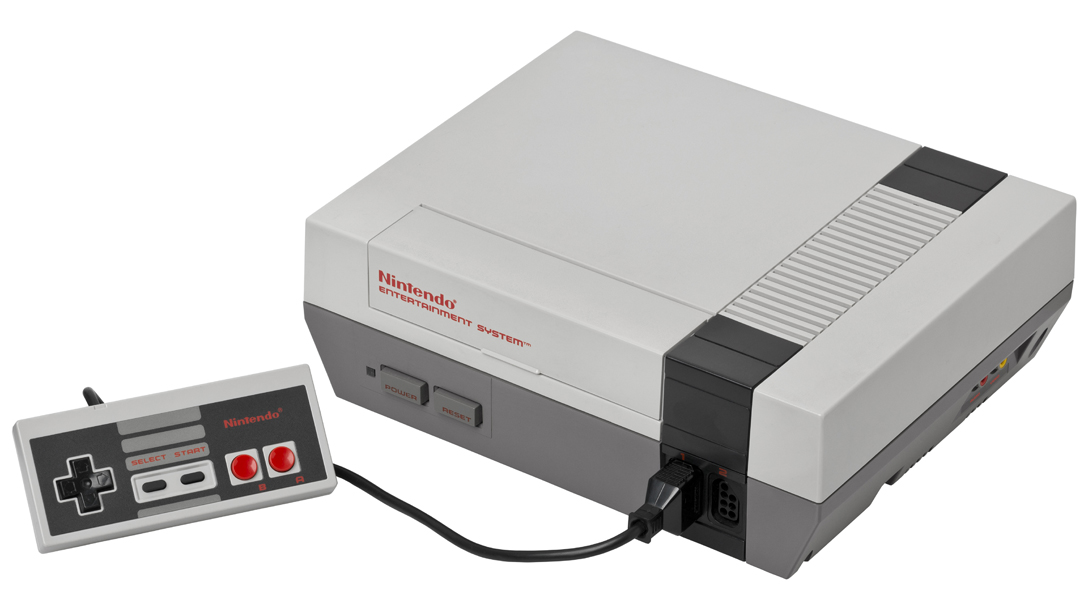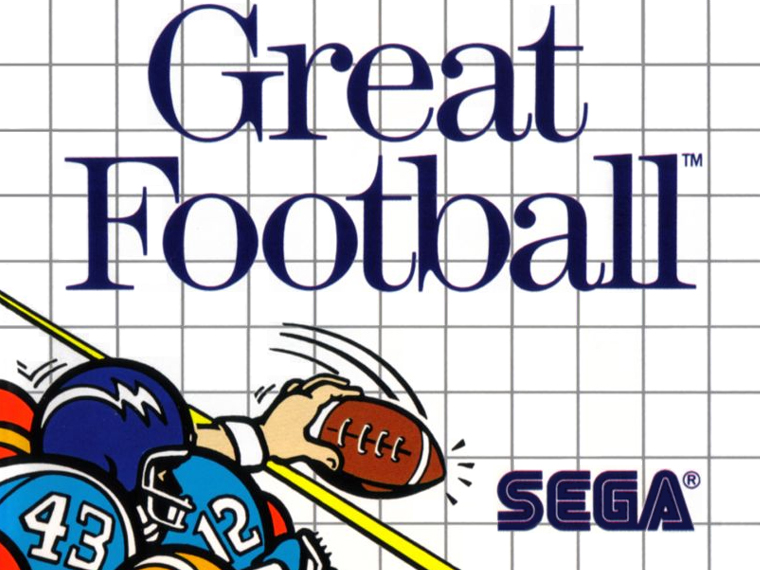In 1984, the video games market was virtually non-existent in the West. While Atari and it's competitors had been making money hand over fist just a few short years earlier, a steady stream of poorly made and wildly unpopular titles, coupled with the rise of personal computing alternatives, led to the infamous video game crash of 1983. Many believed that the dedicated video game console was merely a fad that had already passed and would never turn a profit again. Meanwhile, in Japan, Nintendo had found great success with the release of their new 8-bit Famicom system, actually managing to reach the number one spot in game console sales in a still-thriving Japanese market. This newfound success, in addition to the complete non-existence of any would-be competition in the West, gave Nintendo the confidence to see if they could reignite game console sales in that market as well.
Nintendo first decided to test the waters with their newly-created Vs System, arcade cabinets housing slightly modified, localized versions of already existing Famicom titles. In addition to generating additional revenue via the arcades and giving Nintendo a way to gauge the popularity of various titles, this strategy also had the added bonus of creating buzz and fostering awareness of those titles ahead of the console's launch. Furthermore, when it came time to release the console, Nintendo opted to start out with a limited test market launch, first in New York, and then in Los Angeles, in order to make certain that the system would in fact sell. Nintendo's strategies paid off, and on September 27th, 1986, they finally released their rebranded Nintendo Entertainment System nationwide in America. The video game console was back and here to stay.
In order to help restore consumer confidence and avoid another flood of low quality titles on the market, Nintendo also enacted strict controls on product approval and game licensing for their console. This was made famous by their official seal of quality that could be found on virtually all game cartridges produced for the system; and the NES had quality titles in spades. In fact, it was mostly thanks to its strong stable of games that the system was such a spectacular success. Here are but 12 examples of the best titles that the Nintendo Entertainment System had to offer:


